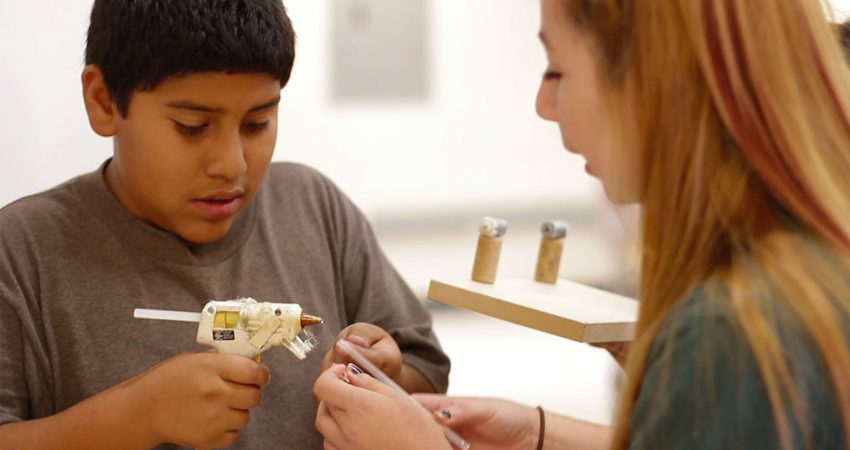
By Jean J. Ryoo - March 2015
PAPER CITATION
Bell, P., Tzou, C., Bricker, L., & Baines, A. D. (2012). Learning in diversities of structures of social practice: Accounting for how, why and where people learn science. Human Development, 55(5–6), 269–284. doi:10.1159/000345315
It is not uncommon for children to thrive in one learning context but struggle in another. What accounts for such differences? The authors Bell, Tzou, Bricker, and Baines argue that we lack theory and research for understanding how people do and do not experience meaningful learning across formal and informal settings, over long time periods, and through various cultural value systems.
Building on theories describing learning as social and situated (see Theoretical Basis below) as well as on their eight years of ethnographic research, the authors introduce “cultural learning pathways” as a framework for making sense of how people learn across time, spaces, and cultural value systems.
This theory describes how pathways begin at a point of interest. The interest is either supported or challenged by social norms or belief systems and by relationships that change over time and across social contexts. For example, when a child acquires a new pet, that child may want to learn about animal behavior and life cycles. The parents might recognize this newfound interest in animal biology while teachers may not. Because of this interest, the child may excel in an afterschool zoo program but not in a rocketry program.
The authors use the theory of cultural learning pathways in three case studies.
- Sam’s interest and abilities in engineering thrived out of school, supported by his family’s limited resources, but were ignored by teachers, who viewed Sam as resistant to learning.
- Learning opportunities were constrained at a farm educational program when two Mexican American youths were assigned manual labor tasks associated with stereotypes of their ethnic group.
- A school’s formal disability designation led Devin’s debate team to disregard his intelligence and discourage his participation, but Devin countered this marginalization with outside coaching and his determination to succeed.
Theoretical Basis
The cultural learning pathways theory builds on the work of Banks et al. (2007) describing learning as:
- Lifelong: Learning happens across a lifetime.
- Life-wide: Learning takes place in various social contexts, each of which relates differently to an individual’s interests, abilities, and identities.
- Life-deep: Learning is affected by the social, ethical, religious, and moral value systems of the learner’s social groups.
The authors’ ideas are also based on Dreier’s (2009) theory that the positions people hold in different social environments affect their participation. This idea in turn builds on situated learning theory (Lave & Wenger, 1991), which defines learning as identity development affected by social relationships and opportunities in varying contexts.
Implications for Practice
Informal science educators may find the theory of cultural learning pathways and the three case studies useful for understanding their students’ learning and learner identities across settings, social contexts, and time. They may want to consider how students’ interests, expectations, and resources are related to their experiences of agency in their learning contexts.
Educators might use the idea of cultural learning pathways to reformulate their approaches to lesson design and pedagogy. For example, the case studies could inspire educators to research the interests and identities of students they deem to be “off task” in order to find new ways of engaging them. Informal educators might also reflect on their own teaching practices, reshaping lesson design to match the interests, values, and identities their students take on in other contexts.
Furthermore, paying attention to students’ cultural learning pathways allows educators to better understand how educational privilege and inequity are created in everyday contexts. This understanding, in turn, can enable them to improve learning opportunities—in our various social and material contexts—so that all students can achieve meaningful learning.
References
Banks, J. A., Au, K. H., Ball, A. F., Bell, P., Gordon, E. W., Gutiérrez, K. D., & Zhou, M. (2007). Learning in and out of school in diverse environments: Life-long, life-wide, life-deep. Seattle: LIFE Center and Center for Multicultural Education at the University of Washington.
Dreier, O. (2009). Persons in structures of social practice. Theory and Psychology, 19, 193–212. Lave, J., & Wenger, E. (1991). Situated learning: Legitimate peripheral participation. Cambridge, UK: Cambridge University Press.




